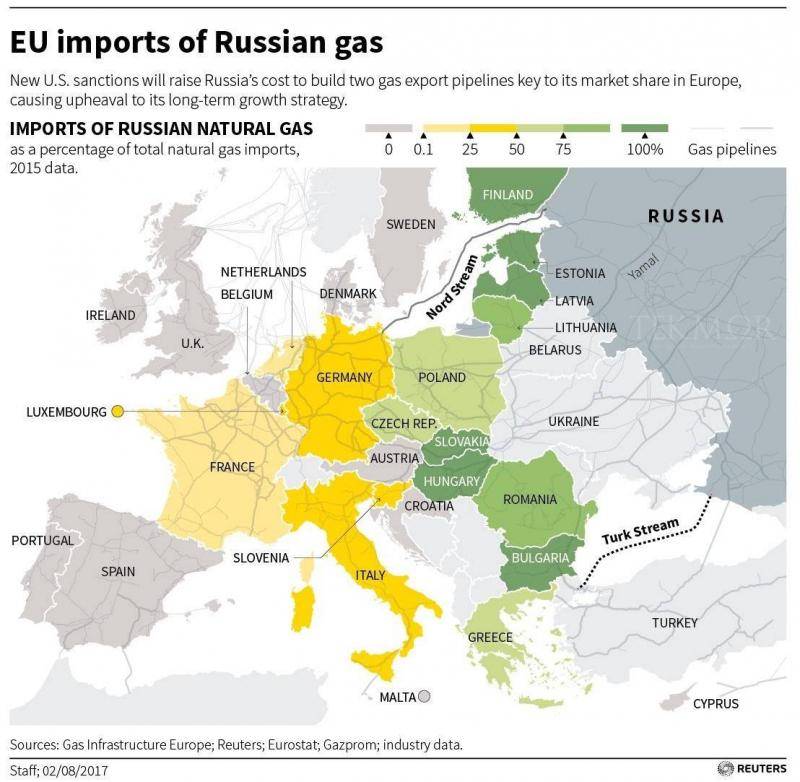
The name and logo of the world’s largest publicly-listed gas supplier and Russia’s highest-revenue earning company have been appearing in European football with increasing frequency since 2005. Now find out why.

The sight of a corporate logo on jerseys and pitch-side hoardings rarely registers as more than a passing thought in the minds of most football fans — but the companies that invest serious money for kit and the other highly coveted real estate within our fields of attention keep doing it for some reason.
Presumably because after absorbing these names and logos over the course of a season, we’d still be seeing them even with our eyes closed, and ideally, we’d feel a greater sense of affinity for them when making purchase decisions.
The objective: increase a company’s brand presence and familiarity with its name and logo interspersed throughout the world’s most popular sport.
Corporate sponsorships in football are perhaps the reason that names like Nike, Coca Cola, Barclays, Visa, Samsung, Red Bull, Volkswagen, and Emirates, are likely the foremost brands to fans who inadvertently perceive them while enjoying a bit of football.
The well-informed fan might even be able to place each of these brands within their respective industries and name their competitors with ease. This is also probably true with Russia’s largest company by revenue, but unlike other frequently spotted brand names, Gazprom’s products are not sold directly to regular consumers like us.
As they said, they only light up the football.
And yet, Gazprom seems to be injecting itself into European football, and into our psyches, from multiple angles and in a relatively short span of time. Fans of top-flight European football may have noticed the Gazprom name on the jerseys of both Germany’s FC Schalke 04 and Russia’s FC Zenit Saint Petersburg, on pitch-side hoardings at headlining tournaments — and in the name of Zenit’s stadium.

You might have seen the Gazprom name and logo on the jerseys of various teams and along the side-lines at tournaments as prestigious as the UEFA Champions League. You might have even noticed this trend arising back in 2005 when Gazprom first bought a controlling interest in FC Zenit Saint Petersburg. Or maybe you just started seeing this as recently as the 2019-2020 UEFA Champions League, with Gazprom being one of the eight official league partners for the seventh consecutive year — and the same name appearing on the jerseys of two teams participating in that tournament.

Why does Gazprom spend all that money if you can’t buy a tank of Gazprom natural gas?
Europeans may be more familiar with Gazprom as the company behind a couple of gas supply disruptions that caused near-apocalyptic scenes in some parts of continental Europe between 2006 and 2009.

Through majority ownership of Gazprom, the Russian Federation distributes gas to most of Europe via pipelines running through Ukraine. But when Ukraine was accused of stealing, Gazprom shut off the supply until they could get paid. Then angry and cold Ukrainians took to the streets, Euromaidan happened, and the frozen war in Ukraine’s Donbass region began.
Meanwhile, Gazprom had to scrub its image clean and look for alternate means of distribution in Europe. Even as the first of Ukraine’s cheques bounced, Gazprom was looking to pipe gas into Germany, where coal and nuclear energy were being phased out in favour of natural gas.
Going via the Baltic Sea would effectively bypass transport fees imposed by Ukraine and the troublesome string of other former Soviet Union nations standing between Russia and the rest of Europe.

So Putin and Germany’s former chancellor Gerhard Schröder got chummy. During this time, Schröder was accused of secretly approving a government loan to Gazprom, and Schröder eventually made way for Angela Merkel, but the Nord Stream offshore pipeline was a done deal.
And just as environmental impact assessments got underway in 2006, Gazprom began sponsoring Schalke to the tune of 25 million Euros a year.

This sponsorship was a godsend for Schalke, which had accumulated a debt of over 110 million Euros at the time. But it was also an apparent bid to divert attention from the potential scandal of Nord Stream with a story of a benevolent energy company financially supporting a football club that, according to Sergey Fursenko (a Gazprom chairman and former FC Zenit president) also happens to have “a lot of supporters” and “connections with the German energy sector”.

When their sponsorship of Schalke began, Gazprom were already the owners of Zenit Saint Petersburg, a club based near where one end of the Nord Stream pipeline is located. Schalke, a team popularly known as Die Knappen (The Miners), is based near Germany’s natural gas storage and transportation hub in Rehden at the Nords Stream’s other end.
So now you know a little of the ‘what’. But if you don’t agree with folks like Jürgen Roth, the German investigative journalist who says Gazprom is basically the political, economic, and intelligence arm of the Kremlin, you might be interested to know that YouTube’s Tifo Football deep-dives into the ‘why’, the reasons that corporate sponsorships like Gazprom’s apparently make sense, and how the Ukrainian side of the story goes.
In the meantime, Gazprom continues to wave its public relations flag like nobody knows what’s going on, while occasionally, some eco-terrorists might risk their lives to crash a match and make a statement.
Kevin Eichenberger is obsessed with the way football reflects society and vice versa, expect more stories of this flavour from him.

